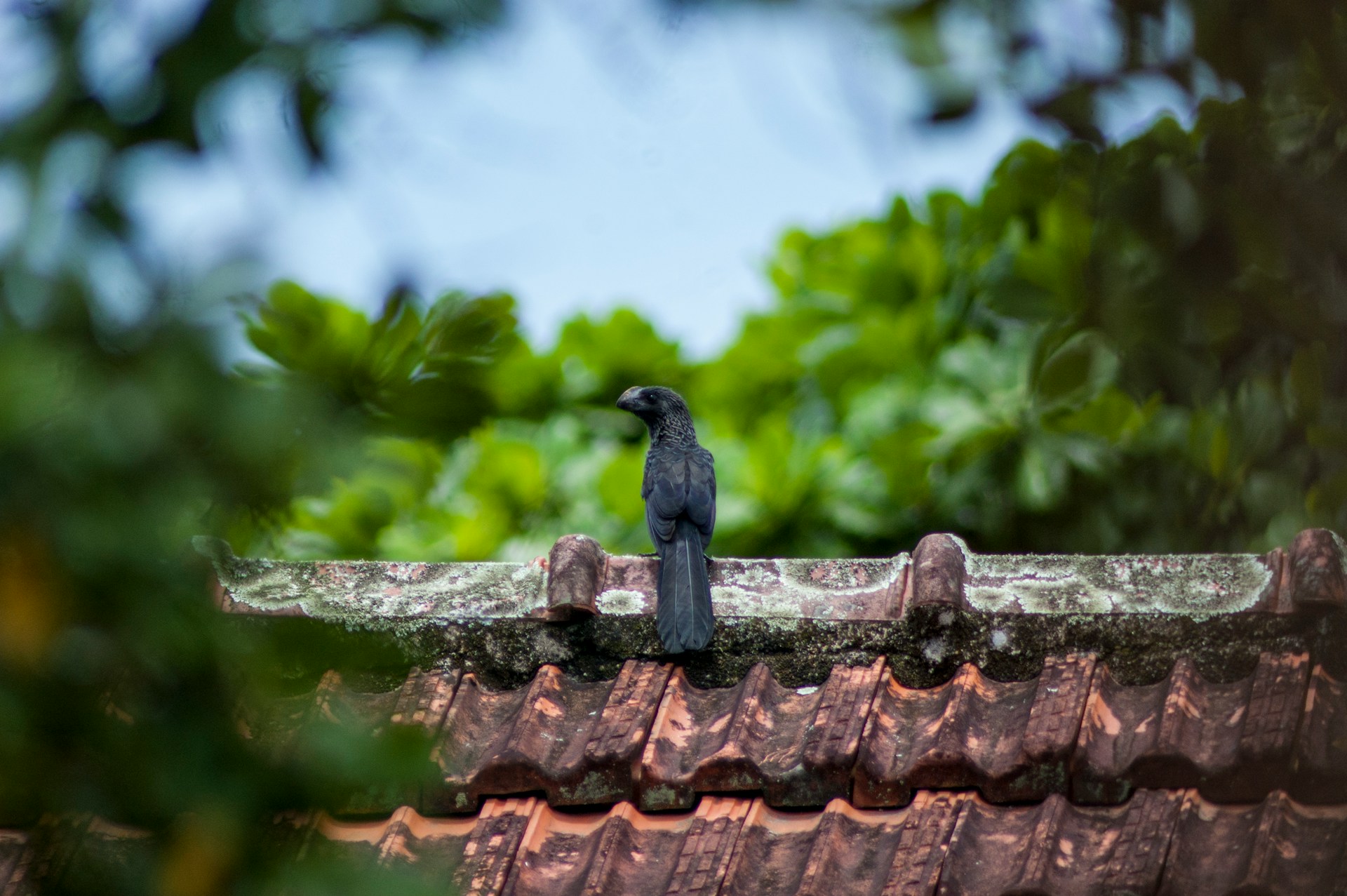Have you noticed green or black patches in your roof gutter? This slimy mess might be growing algae. While they might seem harmless, these pesky growths can cause big problems for your home.
In this blog post, we’ll uncover the top 4 reasons why algae and mold are growing in your roof gutter. You’ll learn how to spot them, understand why they’re there, and find out what you can do to stop them. Get ready to save your home from this green nightmare!
Cause 1: Standing Water
One of the biggest reasons for algae and mold growth in gutters is standing water. When water doesn’t flow properly, it sits in the gutter, creating a perfect environment for these organisms. Standing water can happen because of clogs, incorrect gutter slope, or debris buildup.
To fix this, make sure your gutters are clean and free of leaves and twigs. Check that your gutters slope towards the downspout, allowing water to flow out smoothly. You can also install gutter guards to prevent debris buildup and minimize the risk of standing water.
Cause 2: Dirt and Debris
Gutters gather more than simply precipitation runoff. They also gather other detritus, such as leaves and dirt. This debris has the potential to retain moisture, giving mold and algae a place to grow. These growths have an easier time flourishing because of the nutrients provided by the organic debris.
Regularly cleaning your gutters is essential. Remove any debris and wash the gutters with a hose to ensure they are free of dirt and gunk. You can also invest in gutter covers or screens to prevent large debris from entering and clogging your gutters.
Cause 3: Poor Ventilation
Proper airflow helps keep gutters dry. When air can’t circulate, moisture lingers, creating a haven for algae and mold. Poor ventilation can be due to design flaws, such as gutters being too close to the roof or not having enough space between the gutter and the fascia board.
Ensure there is enough space for air to flow around your gutters. Installing gutter guards can also improve ventilation while keeping debris out.
Cause 4: Lack of Sunlight
Algae and mold love shady, damp areas. If parts of your gutter are shaded by overhanging branches or structures, they stay moist longer, encouraging growth. Lack of sunlight means these areas don’t dry out, providing the perfect conditions for algae and mold to thrive.
Trim back any overhanging trees to allow more sunlight to reach your gutters. This will help keep them dry and less inviting for unwanted growth. If trimming isn’t an option, consider installing a gutter system with built-in UV protection.
If you notice extensive mold growth or poor gutter drainage, it’s best to call in an expert. Professionals have the tools and experience to handle tough jobs and can provide advice on preventing future growth. Regular gutter cleaning is crucial to prevent blockages and minimize the risk of algae and mold buildup.
Exploring the Causes of Growing Algae and Mold
Algae and mold in your roof gutter can cause serious problems if left untreated. By understanding the main causes of growing algae, standing water, dirt and debris, lack of sunlight, and poor ventilation, you can take steps to prevent these unwanted guests.
Regular cleaning and maintenance, along with using gutter guards, can keep your gutters clear and your home safe. Don’t wait until it’s too late, start protecting your gutters today!
For more helpful tips, check out the rest of our site today.












